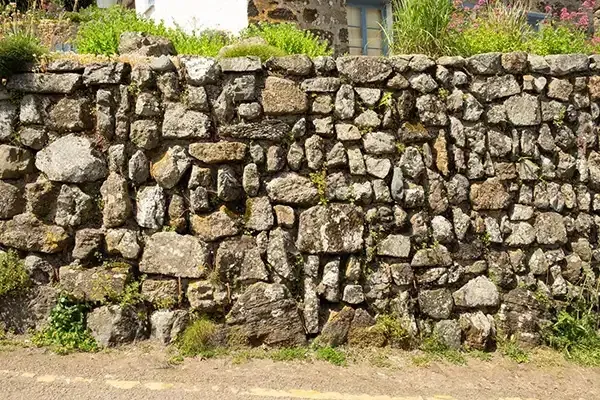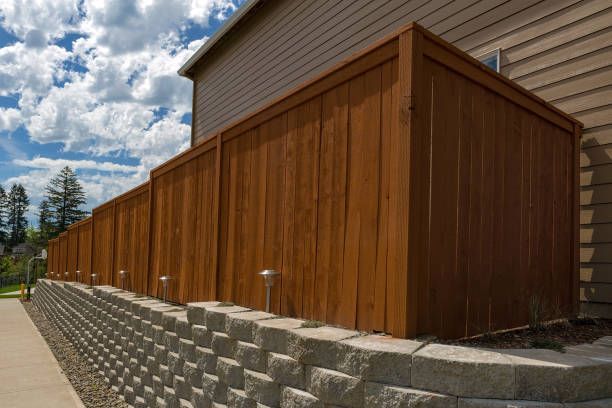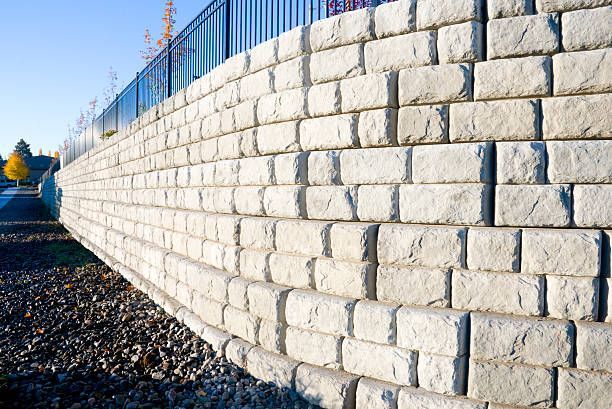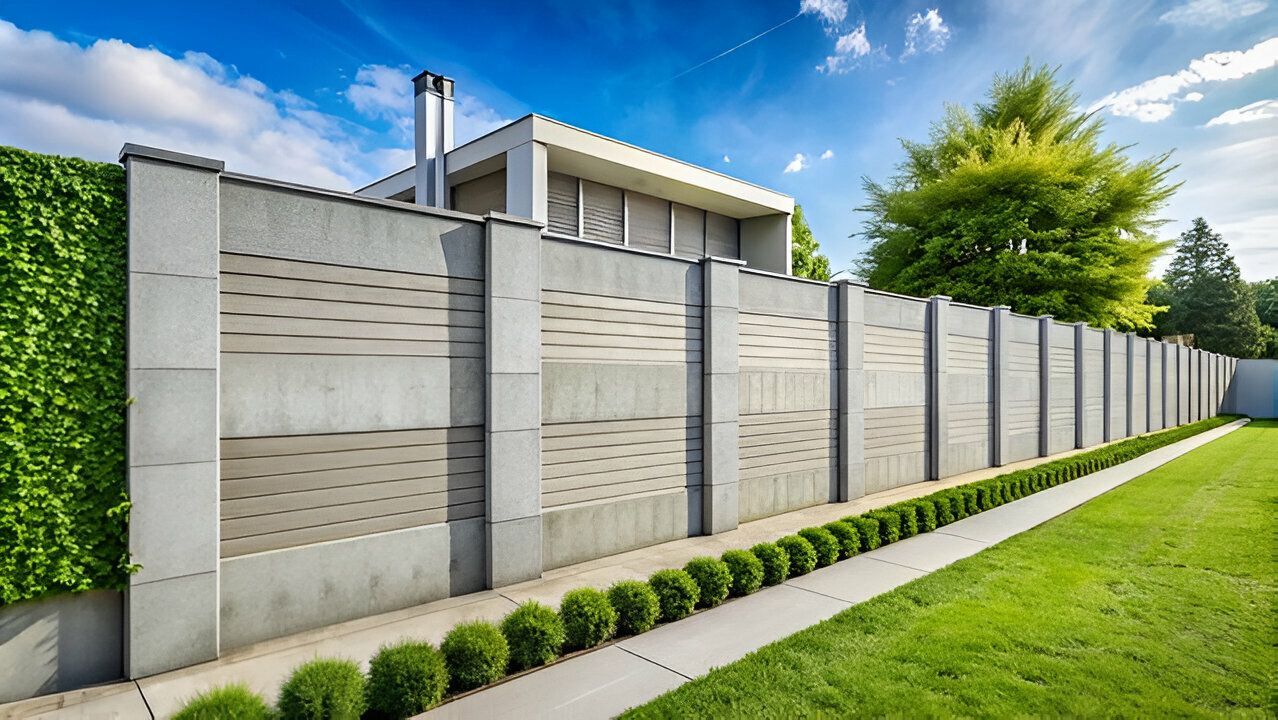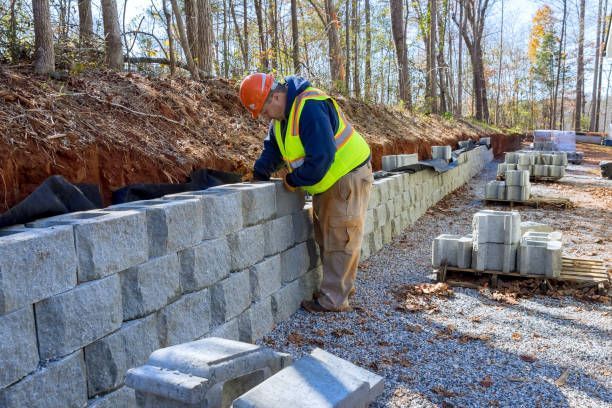Blogs
Blogs

By Gregg Rosenfield
•
February 17, 2025
In the realm of commercial construction, retaining walls stand out as a vital component that addresses several key challenges. These structures not only bolster site stability but also significantly optimize land use. By managing drainage effectively, retaining walls help mitigate potential future issues, translating into long-term cost savings. Their role in enhancing safety on construction sites cannot be overlooked either. In this exploration, we’ll delve into the unique advantages that retaining walls bring to construction projects, highlighting their transformative impact on both safety and budget considerations. Enhancing Site Stability and Safety Retaining walls play a crucial role in enhancing site stability and safety during commercial construction projects. 1. Soil Stabilization and Erosion Control: Preventing Soil Erosion: Retaining walls effectively stabilize slopes and prevent soil erosion, which can be a significant concern on uneven or sloped sites. Minimizing Landslide Risk: They help to mitigate the risk of landslides, protecting the construction site and surrounding areas from potential damage. 2. Creating a Stable Foundation: Leveling the Construction Site: Retaining walls create level building platforms, ensuring a stable and even foundation for the construction of buildings and other structures. Supporting Structures: They provide support for structures built on slopes, preventing settlement and potential structural damage. 3. Enhancing Worker Safety: Reducing Accident Risk: By stabilizing the site and preventing soil erosion, retaining walls significantly reduce the risk of accidents and injuries to workers. Safe Working Environment: They create a safer and more stable working environment for construction crews. 4. Protecting Equipment: Minimizing Equipment Damage: Retaining walls help to protect construction equipment from damage caused by soil erosion, landslides, and unstable ground conditions. By incorporating well-designed and constructed retaining walls into your commercial construction project, you can enhance site stability, improve worker safety, and ensure the long-term structural integrity of the building. Optimizing Land Use and Drainage Retaining walls offer significant advantages in optimizing land use and improving drainage on commercial construction sites. Maximizing Usable Space: Creating Level Building Platforms: Retaining walls effectively create level building platforms on sloped sites, maximizing usable space for construction. Terracing Slopes: They can be used to terrace slopes, creating multiple levels for buildings, parking areas, and landscaping. Expanding Usable Area: By utilizing otherwise unusable sloped areas, retaining walls significantly expand the usable space on a construction site. Improving Drainage: Directing Water Flow: Retaining walls can be strategically designed to direct water flow away from buildings and other structures, preventing water damage and erosion. Creating Drainage Channels: They can be integrated with drainage systems, such as swales and ditches, to effectively manage surface water runoff. Reducing Erosion: By controlling water flow, retaining walls help to minimize soil erosion and protect the integrity of the site. Enhancing Site Aesthetics: Creating Defined Spaces: Retaining walls can be used to create defined spaces within the site, such as patios, walkways, and landscaped areas. Improving Visual Appeal: Well-designed retaining walls can enhance the overall aesthetic appeal of the site and create a more inviting and functional outdoor environment. By carefully considering the role of retaining walls in optimizing land use and drainage, you can create a more functional, sustainable, and aesthetically pleasing commercial construction project. Cost-Effective Solutions for Construction Projects Retaining walls can significantly impact the cost-effectiveness of your construction project by minimizing expenses and maximizing efficiency. Reduced Excavation Costs: Minimizing Earthmoving: Retaining walls can significantly reduce the amount of earthmoving required, as they allow for construction on sloped or uneven terrain without extensive excavation and grading. Lowering Project Costs: Reduced excavation translates to lower labor costs and equipment rental fees, resulting in significant cost savings. Improved Site Accessibility: Creating Level Work Areas: Retaining walls create level work areas, improving site accessibility for construction equipment and materials, which can increase efficiency and reduce project delays. Enhanced Drainage and Erosion Control: Reduced Maintenance Costs: By effectively managing water runoff and preventing erosion, retaining walls help to minimize the need for costly repairs and maintenance to the surrounding landscape. Protecting Structures: They protect structures from damage caused by erosion, minimizing costly repairs and replacements. Increased Usable Space: Maximizing Land Use: Retaining walls allow for the efficient use of sloped land, creating additional usable space for buildings, parking areas, and landscaping. Higher Property Value: Increased usable space can significantly enhance the value of the property, providing a strong return on investment. By strategically incorporating retaining walls into your construction project, you can optimize site utilization, minimize costs, and enhance the overall efficiency and long-term value of your investment. Retaining walls play a vital role in successful commercial construction projects by enhancing site stability, optimizing land use, and improving cost-effectiveness. By stabilizing slopes, controlling erosion, and creating level building platforms, retaining walls contribute to a safer and more efficient construction process. These structures not only minimize the risk of accidents and damage but also maximize the usable space on the site, leading to a more efficient use of land and a reduction in overall project costs. By incorporating well-designed and constructed retaining walls, developers can enhance the safety, efficiency, and long-term value of their commercial construction projects.
Get In Touch With A Professional Near You Today!
Having a retaining wall installed is able to provide a large increase in housing value to a homeowner and provides a solution that gets your retaining wall design project underway. As a homeowner, you should know that a landscape wall needs to look its best and when it does, it will most definitely add to the aesthetic of your home. Call one of our trusted team members today for a Free Quote!
Precision Retaining Walls
The region's leading professional Retaining Wall Company.
Call Us: 918-842-7333
© 2025
All Rights Reserved | Tulsa Precision Walls |


